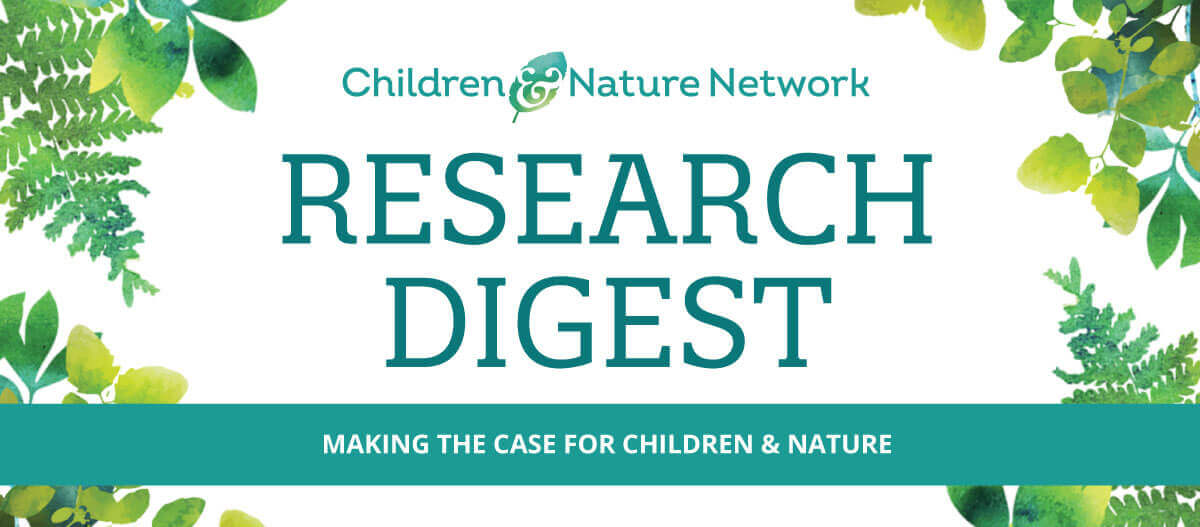Using Technological Nature in Research & Practice
“Technological nature” refers to the use of technologies to mediate, augment or simulate the natural world. Current examples of technological nature include videos, live webcams and immersive virtual environments. Mediated nature experiences are sometimes used in research to simulate real nature experiences and, in practice, to complement and expand such experiences. At times, the use of technology may work against efforts to connect children with nature. This can occur if children are engaging with technology instead of with nature.
Top-down processing tasks in a simulated natural environment tend to negate the restorative effects of nature
Attention restoration theory (ART) includes the idea that natural environments engage bottom-up processing (effortless attention) while non-natural environments require top-down processing (directed attention). This study tested the predictions of ART by adding top-down processing tasks to exposure to a simulated natural environment and found that such tasks tended to nullify the restorative effects of the natural environment.
Crossan & Salmoni, 2021. A simulated walk in nature: Testing predictions from the attention restoration theory.
Access Study
Nature-related elements in healthcare facilities can promote children’s health and well-being
This scoping review focused on how pediatric healthcare building design impacts the health and well-being of children. Thirteen papers were included in the review. Several studies found that having indirect or direct access to nature can reduce pain and stress, enhance social functioning and promote an increased sense of control in healthcare environments. The use of virtual reality is an example of indirect access to nature. Healing gardens were mentioned most frequently as a direct nature-related provision.
Gaminiesfahani, Lozanovska & Tucker, 2020. A scoping review of the impact on children of the built environment design characteristics of healing spaces.
Access Study
Children using a virtual reality device for nature-based therapy after extensive surgical procedures reported a decrease in pain, anxiety, and nausea
Four pediatric patients used 3-D Nature-Based Therapy (NBT) glasses after extensive surgical procedures. Pain, nausea, and anxiety scales completed before and after the medical procedures indicated that the use of the virtual reality device was associated with an overall improvement in symptom management. All four of the pediatric patients using the glasses found the experience to be “enjoyable” and “helpful.”
Kucher et al. 2020. 3-Dimensional nature-based therapeutics in pediatric patients with total pancreatectomy and isletauto-transplant.
Access Study
Contemporary children’s experience of nature (which includes mediated experiences) is significantly higher than the experience of nature for children in 1900
A study investigating possible differences between the experiences with nature of children from 1900 and of children from 2015 used exact data comparisons based on survey responses. The data showed a rise in experience with nature among contemporary children compared to the children of the early 20th century. Mediated experiences play an important part in contemporary children’s experience of nature.
Novotny et al. 2020. Are children actually losing contact with nature, or is it that their experiences differ from those of 120 years ago?
Access Study





